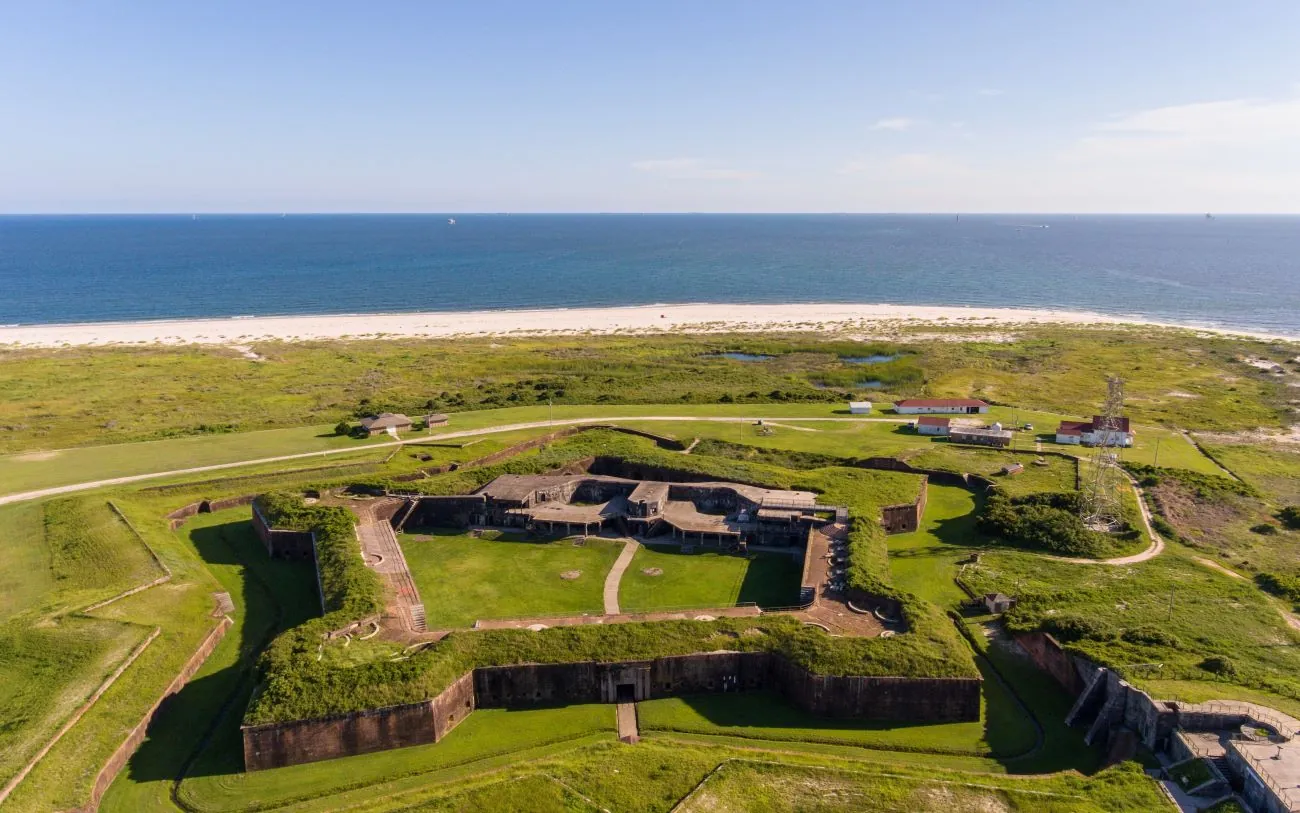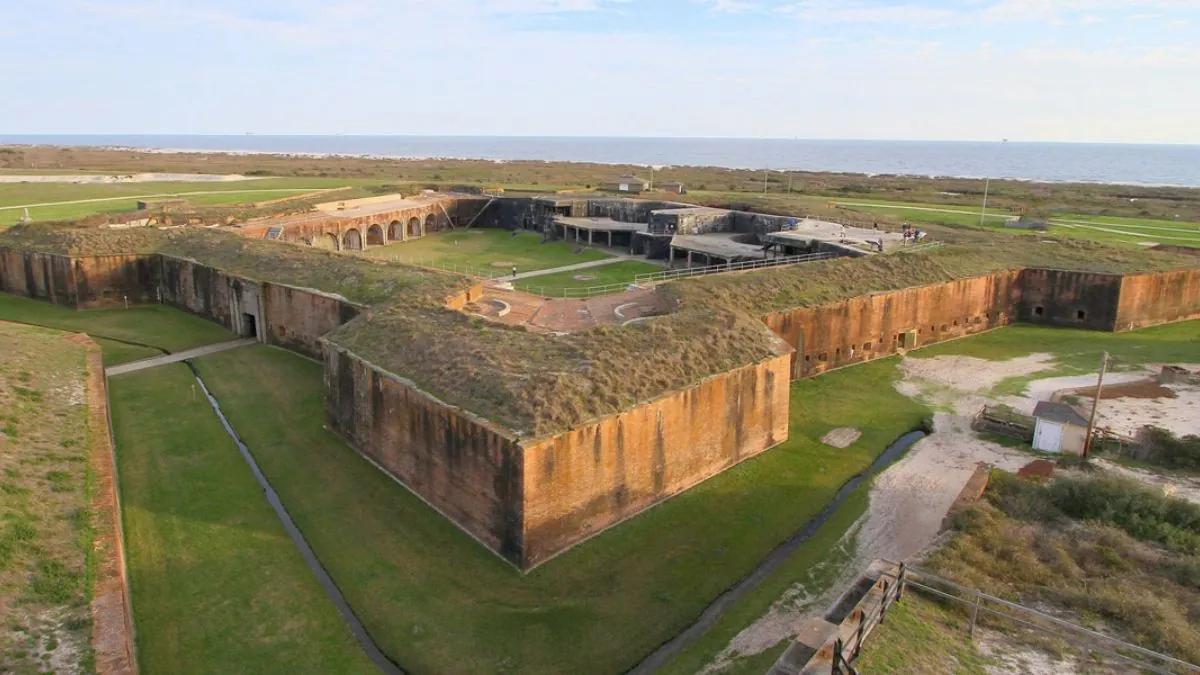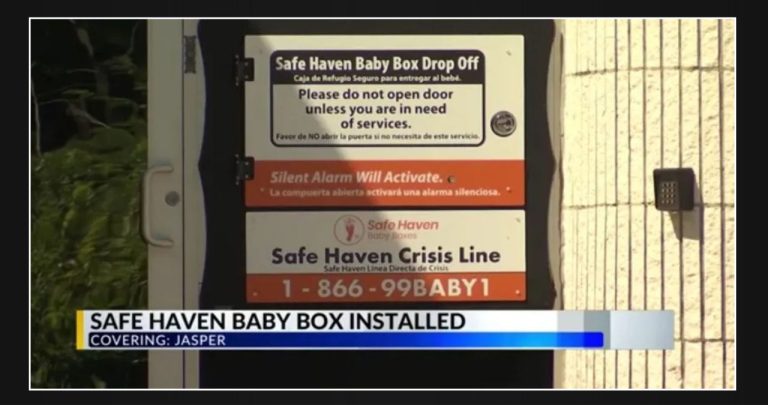Alabama is known for many things about its landscape, such as the peaks of Appalachia, the lakes that run through the state, and, of course, its famous white sand beaches. Locals and tourists alike visit many of the state’s sites and attractions, but one that has a lot of history tends to go unnoticed.
Fort Morgan is 22 miles west of Gulf Shores. It is a National Historic Landmark and has a long and interesting history. The Alabama Historical Commission says that work on building the fort started in 1819. Because of where it was built, it took 15 years to finish. It was finished in 1834.

The fort is known as the “guardian of Mobile Bay” because of its part in the Battle of Mobile Bay, which took place during the Civil War. According to yellowhammernews.com, “It is here on August 5, 1864, Union Admiral David Farragut ordered his fleet to charge the heavily mined bay. (At the time, tethered naval mines were known as torpedoes.) “Damn the torpedoes!” Farragut said. “Four bells. Captain Drayton, go ahead! Jouett, full speed!” After the Battle of Mobile Bay, soldiers at Fort Morgan endured a two-week siege by Union forces before surrendering on August 23, 1864.”
The fort was however active during four wars: the Civil War, the Spanish-American War, World War I, and World War II. The star-shaped design of the fort was deliberate and quite distinctive. The design was intended to facilitate control over the principal ship channel connecting Mobile Bay. The unique shape of the fort enabled a “heavy concentration of artillery fire against an enemy fleet as it approached the fort and moved into the bay.”
However, technological advancements have rendered these features outdated.

“During the Civil War, the use of rifled weapons and steam-powered warships made stone forts like Morgan useless. This was shown in a dramatic way on August 5, 1864, when Union Admiral David Farragut led his fleet past the defenders’ guns and into the bay with only one ship lost. By that time, the main defensive posts were no longer the concrete batteries or the brick fort that came before them. After the war, the military gave the fort back to the state. This marked the end of an age of coastal defense.”
In the 19th and 20th centuries, Fort Morgan served as a solemn reminder of Alabama’s role in major conflicts.
Another headlines from Alabama: Baldwin County State Senator proposes to remove millions dollars from state department after LGBTQ presentation




